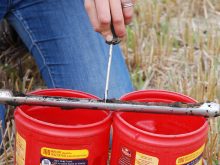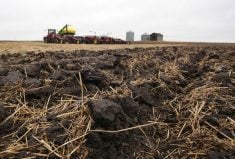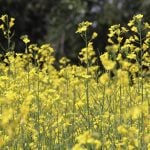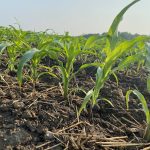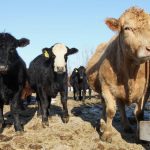The number of apple acres in the Okanagan Valley has dropped to 7,500 today compared to more than 20,000 in 1992
The British Columbia government has released a set of recommendations for the province’s fruit tree sector.
In a report entitled The Path Forward: A Blueprint For B.C.’s Tree Fruit Industry, the agriculture ministry makes recommendations to help offset a large decline in apple acreage, the effects of the pandemic and the loss of crops because of intense weather.
Glen Lucas, general manager of the B.C. Fruit Growers Association, said of the 19 recommendations in the report, his association identified eight as the ones that will play a major role.
Read Also
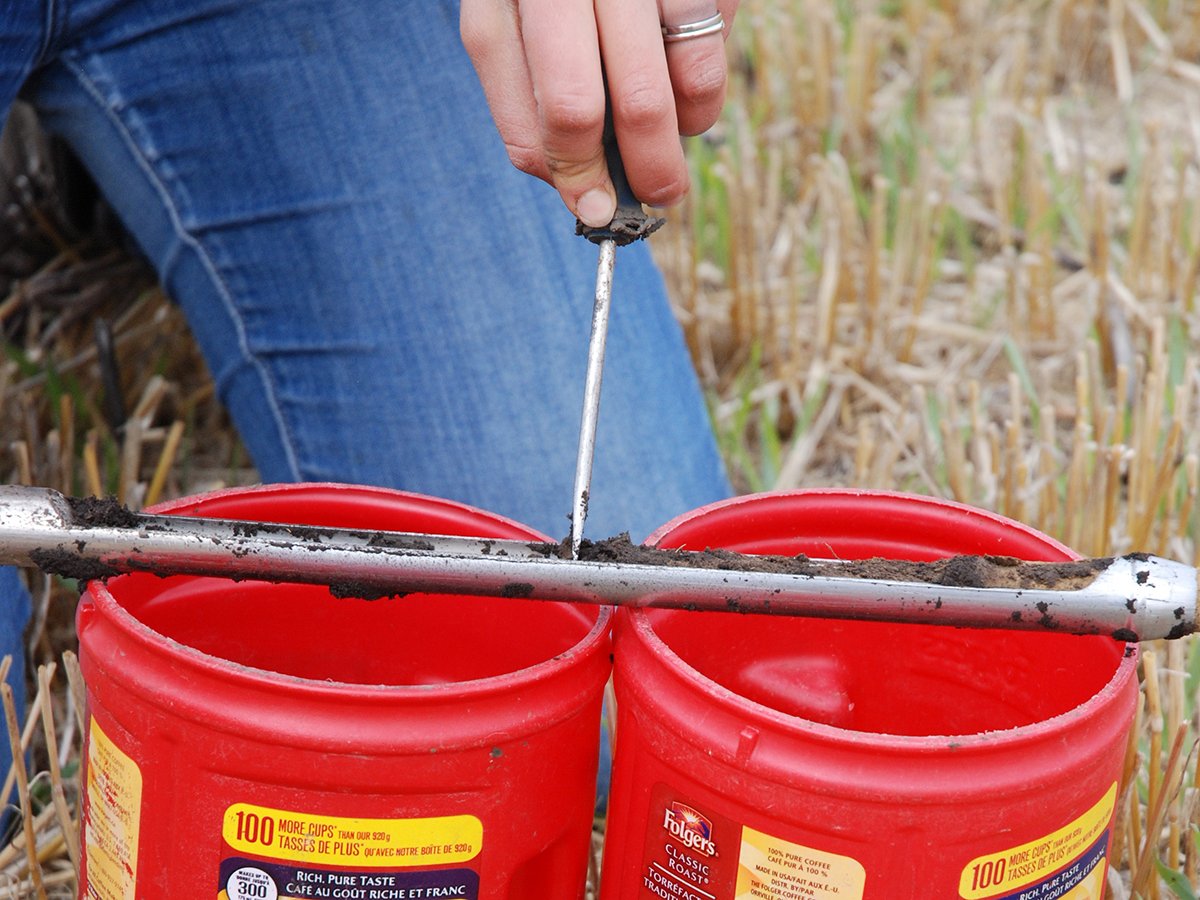
Federal government supports soil health strategy
Sophie Beecher, director general at Agriculture Canada, said at a soil conference in Winnipeg that the feds support the idea of a national soil health strategy.
“It certainly involves all corners of the tree fruit sector,” Lucas said. “Government, packers, marketers, the sterilant sector release program and the B.C. Fruit Growers Association. So, very wide range.”
The Okanagan-Kootenay Sterile Insect Release program was specifically noted in several recommendations. It deals with environmentally friendly ways to control codling moths in the province.
The report said an increase in exports will mean a greater need for such controls but reduced apple acreage has put financial strain on the program.
It recommends an assessment of the sterile release program to determine its value to the apple sector.
Melissa Tesche, general manager for the program, was on the advisory group that developed the recommendations.
“The board has seen this report, and they’re very supportive of the recommendations. I’m satisfied with it,” Tesche said.
“I think that it’s an important step for growers to understand the realities of codling moth control in areas where they don’t have a program like ours.”
Although codling moth control in B.C. is better because of the sterile release program, Tesche said evaluation is needed.
“It’s just whether or not it’s still worth the cost of such a large area-wide program, when acreage continues to shrink,” she said. “So, it only makes sense to have the SIR (sterile insect release) program there if there’s still a strong commercial apple sector.”
The Okanagan has one-third of the apple acreage it had 30 years ago. More than 20,000 acres of apples were grown in the region in 1992 compared to 7,500 acres now.
“We can’t compete with Washington. They’ve got 180,000 acres down there,” Tesche said. “We can’t out-compete them. We’ve got to figure out what is the B.C. competitive advantage, and I hope that comes out of the report as well.”
Lucas agreed, saying the recommendations are needed.
“We’ll have to work very hard to meet the general aspiration of marketing to make sure that the growers get out of the marketplace what is competitive and what is sustainable,” he said.
“There’s a lot of work to do there, and it’s not really specified. So, to me, that’s one of the key things. We should have been there by now. The sooner we get there, the quicker we help the decline in apple acreage.”






